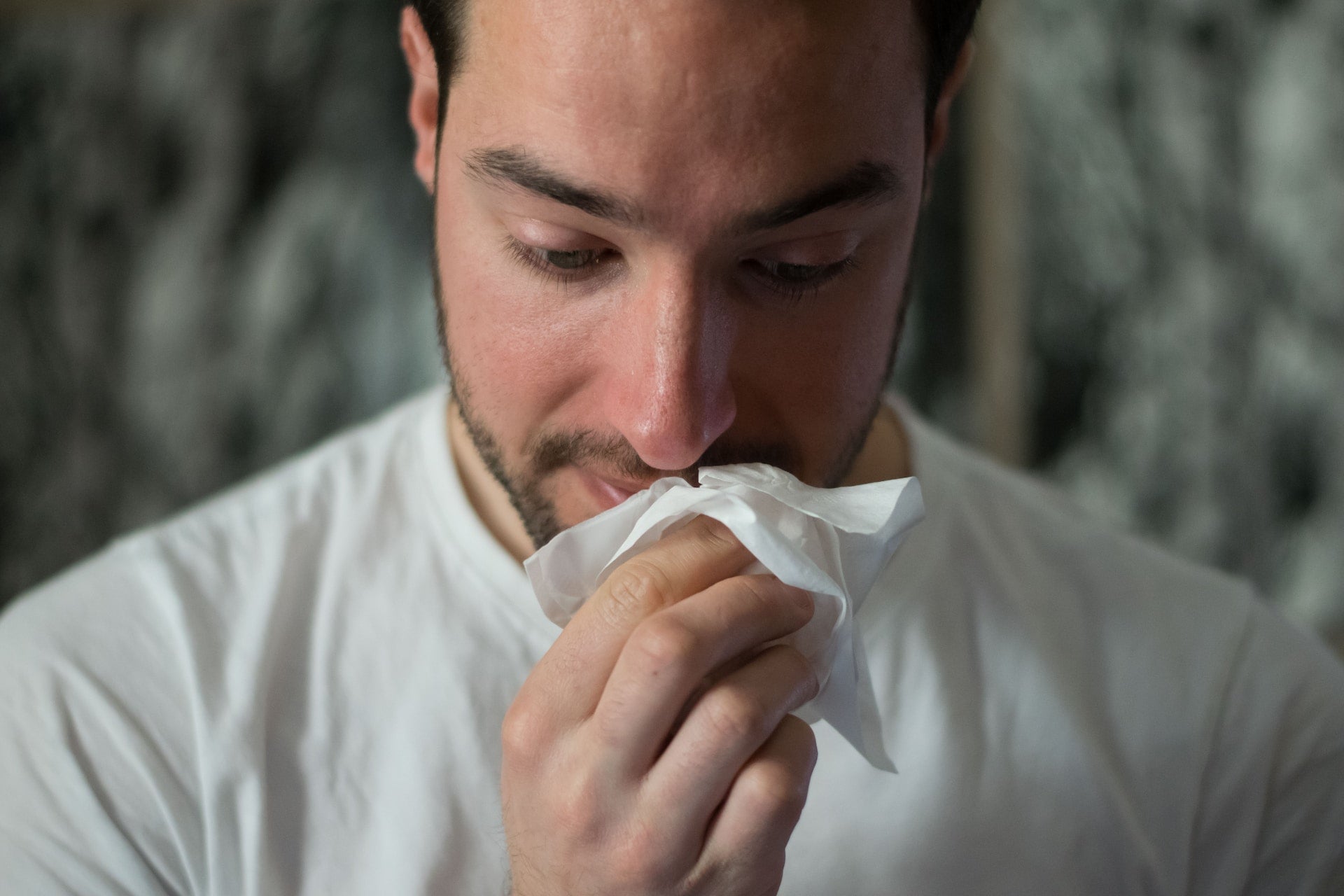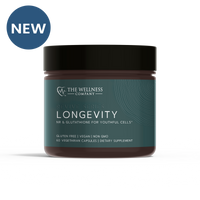Sublingual Immunotherapy: A Safe, Convenient Alternative for Allergy Treatment

Immunotherapy for allergies has been used in medicine for over a century, ever since Leonard Noon first showcased its effectiveness in treating hay fever in 1911. [1]. Sublingual immunotherapy (SLIT) emerged in the 1980’s as a convenient and safer alternative to subcutaneous immunotherapy (SCIT – also called “allergy vaccines”). While SCIT is effective, a series of deaths reported in the 1980s by the British Committee for the Safety of Medicines prompted a resurgence in interest in the sublingual method.
Over the years, SLIT has gained popularity and is now recognized in international guidelines as a viable, effective and safe alternative to traditional injection treatments. With more than 60 randomized controlled trials supporting its efficacy, SLIT is proving to be an essential tool in the fight against allergies [2].
A Brief Primer on Allergies
Allergies are an example of the body's immune response going awry, treating harmless substances like pollen or pet dander as dangerous invaders and launching an excessive, protective response. This misfiring of the immune system leads to the all too familiar, uncomfortable symptoms we associate with allergies, such as sneezing, itching, and difficulty breathing.
How Does SLIT Work?
An interesting theory relevant to the development of allergies is the "hygiene hypothesis." This theory posits that modern living conditions, with reduced exposure to infections and parasites, may paradoxically increase the prevalence of allergies [3]. Without regular exposure to pathogens, the theory suggests, the immune system may become more sensitive to allergens.
SLIT works by gradually introducing small amounts of a wide range of allergens under the tongue, which allows the immune system to build up a tolerance and eventually become desensitized to them. The dose is small enough that the treatment is safe, but large enough to induce an immune response. Over a series of months, this process reduces the immune system's overreaction to allergens and in most cases leads to a decrease in allergy symptoms. SLIT – in dozens of trials – works significantly better than placebo [2].
Which Allergies Does It Help?
SLIT is applicable to a wide range of allergies. The two most common allergies it is used for are hay fever and Asthma, which together affect tens of millions of Americans [4,5].
Is SLIT Safe?
Patients considering SLIT treatment can have confidence in its safety, as extensive clinical research has demonstrated its effectiveness with a low incidence of adverse reactions, including only six reported cases of anaphylaxis in over 25 years of use, and no fatalities [6]. Your healthcare provider will closely monitor your progress and work with you to ensure the best possible outcome.
Bottomline
SLIT is a promising and effective treatment for allergies that works by gradually desensitizing the immune system to allergens. If you or someone you love is suffering from allergies, check out The Wellness Company’s AllergyFree Immunotherapy Treatment Program to see whether it’s right for you.
References
[1] Noon L. Prophylactic inoculation against hay fever. Lancet. 1911;1: 1572–3.
[2] Passalacqua, G., Garelli, V., Sclifò, F., & Canonica, G. W. (2013). Sublingual immunotherapy for allergic rhinitis and conjunctivitis. Immunotherapy, 5(3), 257-264.
[3] Okada, H., Kuhn, C., Feillet, H., & Bach, J. F. (2010). The ‘hygiene hypothesis’ for autoimmune and allergic diseases: an update. Clinical & Experimental Immunology, 160(1), 1-9.
[4] Asthma Facts
[5] https://allergyasthmanetwork.org/allergies/allergy-statistics/
[6] Mauro, M., Russello, M., Incorvaia, C., Gazzola, G. B., Di Cara, G., & Frati, F. (2007). Comparison of efficacy, safety and immunologic effects of subcutaneous and sublingual immunotherapy in birch pollinosis: a randomized study. European annals of allergy and clinical immunology, 39(4), 119-122.














